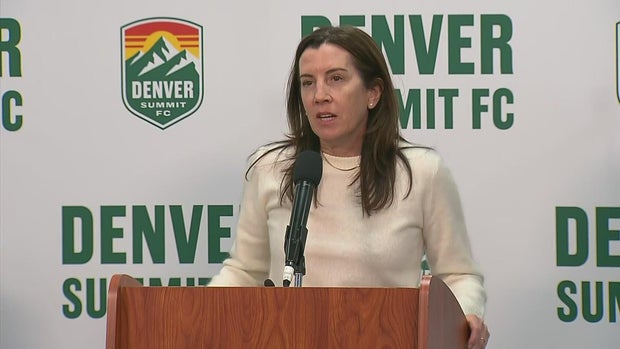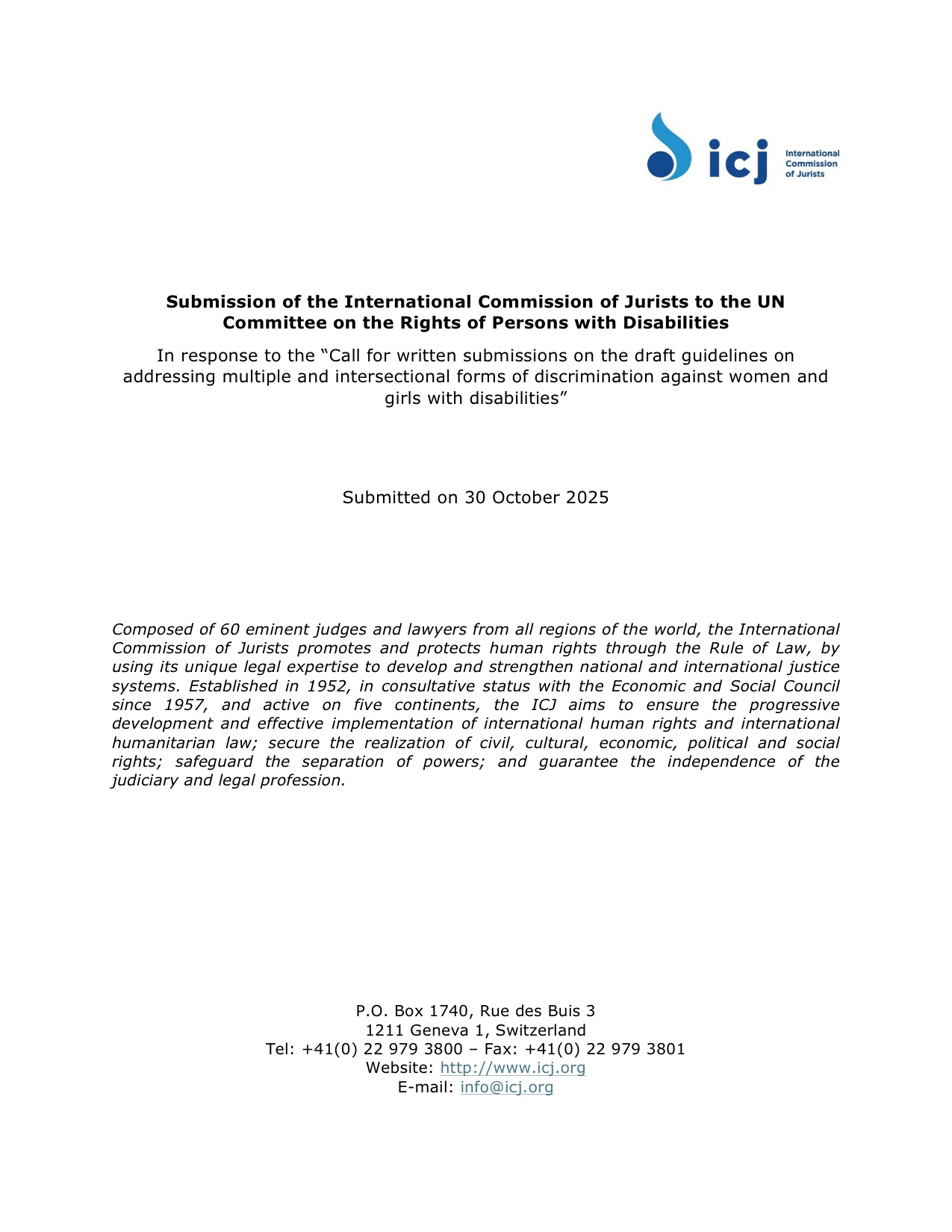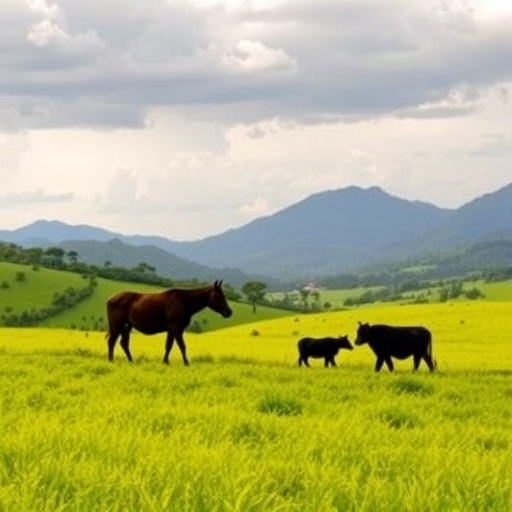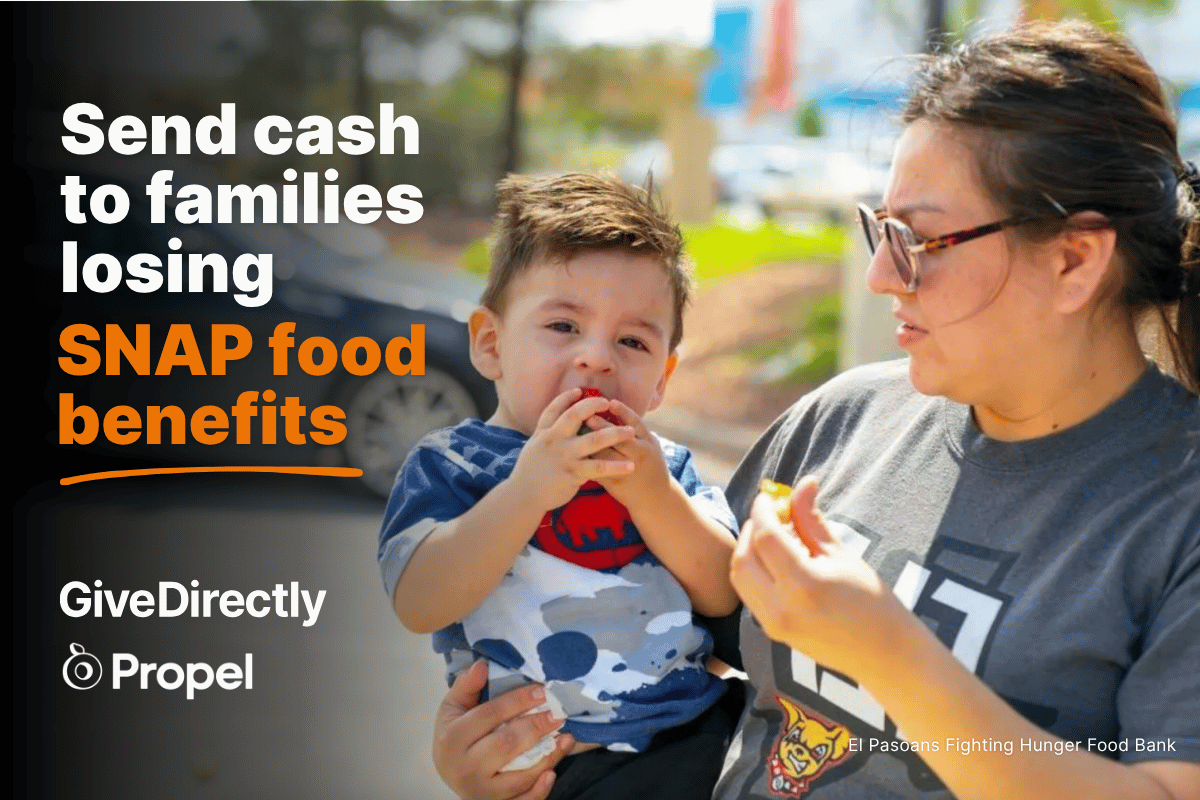Maxwell farmer receives grant to advance regenerative agriculture – Lockhart Post Register

Report on Kiss the Ground’s Initiative Supporting Regenerative Agriculture and Sustainable Development Goals
Introduction
Kiss the Ground, a non-profit organization dedicated to soil health and regenerative agriculture, has launched its largest farmer initiative to date. This initiative aligns closely with the United Nations Sustainable Development Goals (SDGs), particularly those related to responsible consumption and production (SDG 12), climate action (SDG 13), life on land (SDG 15), and zero hunger (SDG 2).
Funding and Support for Regenerative Agriculture
- Grant Allocation: In November 2024, Kiss the Ground awarded $500,000 in direct grants to U.S. farmers and ranchers to facilitate their transition to regenerative agricultural practices.
- Use of Funds:
- $200,000 allocated for in-person training and education to support farmers and ranchers adopting regenerative methods.
- $300,000 distributed among 15 recipients for essential equipment, supplies, and infrastructure.
- Impact: The recipients represent over 73,000 acres of farmland transitioning to sustainable, regenerative practices.
Empowerment and Storytelling
- Kiss the Ground emphasizes empowerment of farmers and ranchers to transform food production, rebuild soil health, and restore connections to the land.
- The organization enhances farmer visibility through storytelling, bridging the gap between consumers and food producers, addressing SDG 12 (Responsible Consumption and Production).
- These efforts help overcome financial barriers and foster community engagement in sustainable agriculture.
Case Study: Vetted Farms
Kris Vandenberg of Vetted Farms in Maxwell, TX, is a 2024 grant recipient. The farm will utilize a $25,000 grant to develop one-acre regenerative plots dedicated to veterans and first responders. This project supports SDG 3 (Good Health and Well-being) and SDG 10 (Reduced Inequalities) by providing healing opportunities through land-based practices.
- Planned activities include growing vegetables, cover crops, and value-added produce.
- Infrastructure developments such as mobile chicken coops, fencing, and no-till drills will be implemented.
- Partnerships with organizations like the Farmer Veteran Coalition of Texas and Battleground to Breaking Ground initiative will enhance mentorship and hands-on learning events.
Cultural Transformation and Broader Impact
Patrick Brown, board member and regenerative farmer, highlights that the transition to regenerative agriculture represents a cultural shift in how society relates to land and food systems. This initiative supports SDG 13 (Climate Action) and SDG 15 (Life on Land) by promoting sustainable land management and biodiversity.
Farmer Hub and Community Engagement
- Kiss the Ground has updated its online Farmer Hub featuring a map of over 100 regenerative farms nationwide.
- The platform encourages public support for regenerative farms and invites more growers to join the network, fostering community resilience and sustainable agricultural practices.
- For every $100 donated, the organization can catalyze the transition of 10 acres to regenerative farming, amplifying impact on SDG 2 (Zero Hunger) and SDG 15 (Life on Land).
Conclusion
Kiss the Ground’s initiative exemplifies a comprehensive approach to sustainable development by integrating financial support, education, storytelling, and community engagement. The program advances multiple Sustainable Development Goals by promoting regenerative agriculture, enhancing soil health, supporting farmers, and reconnecting consumers with the origins of their food. This inclusive and accessible movement contributes to a resilient and healthier future for people and the planet.
1. Which SDGs are addressed or connected to the issues highlighted in the article?
- SDG 2: Zero Hunger – The article focuses on supporting farmers and ranchers to transition to regenerative agriculture, which aims to improve food production sustainably.
- SDG 12: Responsible Consumption and Production – Promoting regenerative agriculture encourages sustainable farming practices and reduces environmental impact.
- SDG 13: Climate Action – Regenerative agriculture practices help lower carbon emissions and rebuild soil health, contributing to climate change mitigation.
- SDG 15: Life on Land – The initiative supports biodiversity and soil restoration, which are critical for terrestrial ecosystems.
- SDG 3: Good Health and Well-being – The article mentions healing opportunities for veterans and first responders through land-based practices, linking to improved mental and physical health.
- SDG 17: Partnerships for the Goals – The article highlights partnerships between non-profits, farmers, and community groups to achieve sustainable agriculture goals.
2. What specific targets under those SDGs can be identified based on the article’s content?
- SDG 2: Zero Hunger
- Target 2.4: By 2030, ensure sustainable food production systems and implement resilient agricultural practices that increase productivity and production.
- SDG 12: Responsible Consumption and Production
- Target 12.2: Achieve the sustainable management and efficient use of natural resources.
- SDG 13: Climate Action
- Target 13.1: Strengthen resilience and adaptive capacity to climate-related hazards and natural disasters in all countries.
- Target 13.2: Integrate climate change measures into national policies, strategies, and planning.
- SDG 15: Life on Land
- Target 15.3: Combat desertification, restore degraded land and soil, including land affected by desertification, drought and floods, and strive to achieve a land degradation-neutral world.
- Target 15.5: Take urgent and significant action to reduce the degradation of natural habitats, halt the loss of biodiversity.
- SDG 3: Good Health and Well-being
- Target 3.4: Promote mental health and well-being.
- SDG 17: Partnerships for the Goals
- Target 17.17: Encourage and promote effective public, public-private and civil society partnerships.
3. Are there any indicators mentioned or implied in the article that can be used to measure progress towards the identified targets?
- Number of acres transitioned to regenerative agriculture: The article mentions over 73,000 acres transitioning and estimates that $100 donated can catalyze 10 acres of transition, which can be used to measure progress under SDG 2 and SDG 15 targets.
- Number of farmers and ranchers trained and supported: The allocation of $200,000 for training and education implies measuring the number of beneficiaries and their adoption of regenerative practices (SDG 2, SDG 12).
- Carbon reduction and soil health improvement: Although not quantified in the article, the focus on lowering carbon and rebuilding soil fertility implies indicators related to carbon sequestration and soil quality (SDG 13, SDG 15).
- Number of partnerships and collaborations: The article references partnerships with organizations and community groups, which can be tracked as indicators under SDG 17.
- Health and well-being outcomes for veterans and first responders: The healing opportunities through land-based practices suggest potential indicators related to mental health improvements (SDG 3).
4. Table: SDGs, Targets and Indicators
| SDGs | Targets | Indicators |
|---|---|---|
| SDG 2: Zero Hunger | 2.4: Sustainable food production systems and resilient agricultural practices |
|
| SDG 12: Responsible Consumption and Production | 12.2: Sustainable management and efficient use of natural resources |
|
| SDG 13: Climate Action |
|
|
| SDG 15: Life on Land |
|
|
| SDG 3: Good Health and Well-being | 3.4: Promote mental health and well-being |
|
| SDG 17: Partnerships for the Goals | 17.17: Promote effective partnerships |
|
Source: post-register.com

What is Your Reaction?
 Like
0
Like
0
 Dislike
0
Dislike
0
 Love
0
Love
0
 Funny
0
Funny
0
 Angry
0
Angry
0
 Sad
0
Sad
0
 Wow
0
Wow
0


















-1920w.png?#)






















;Resize=805#)



































